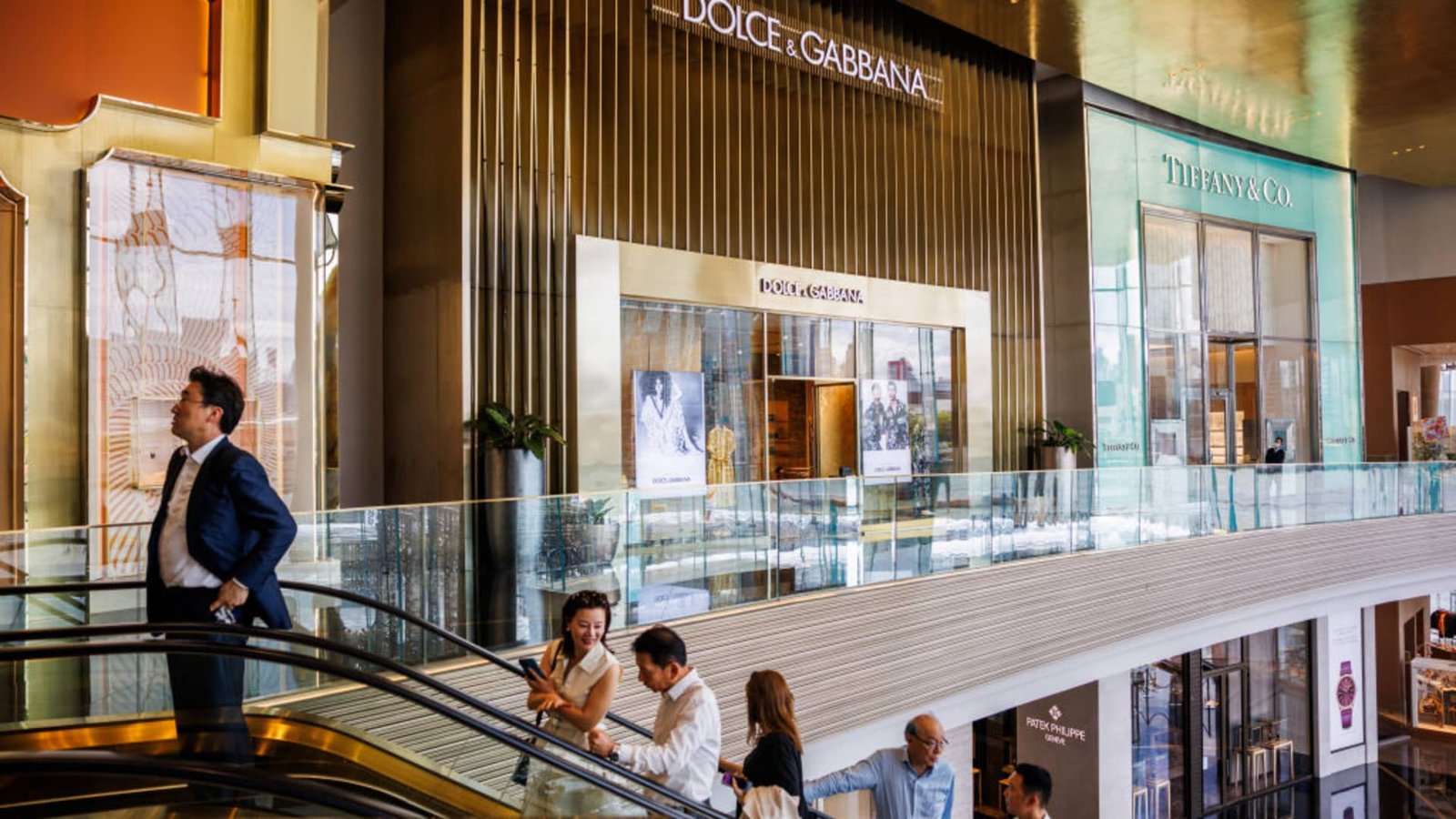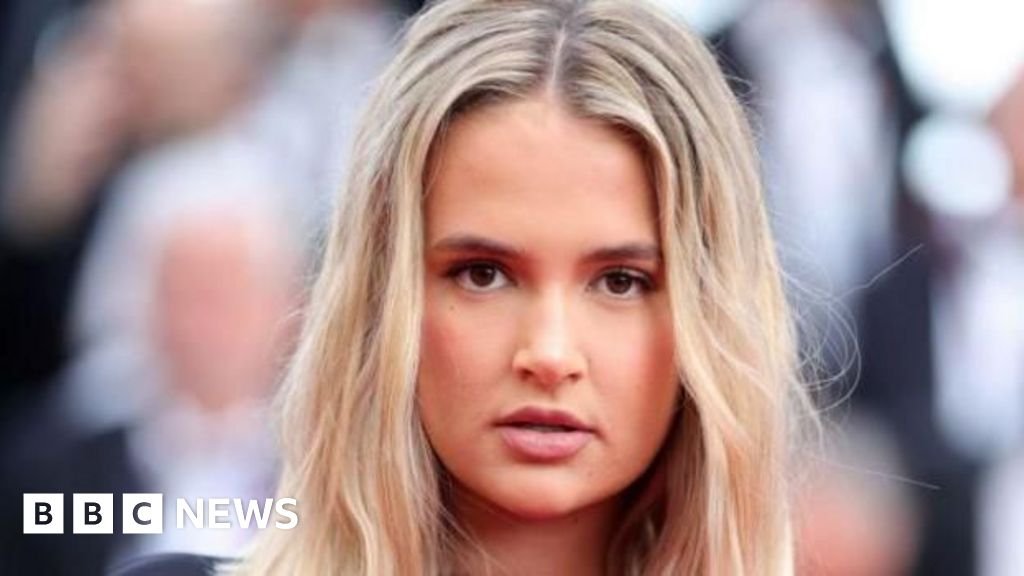[ad_1]
The storefronts of Dolce & Gabbana, Tiffany & Co. and Patek Philippe are seen as audiences enter Icon Siam, a luxury shopping mall located on the Chao Phraya creek, on June 12, 2024 in Bangkok, Thailand.
Lauren Decicca | Getty Images reports | Getty Images
The personal luxury goods production looks set to face its first slowdown since the international Financial Crisis this year, as macroeconomic uncertainty and a pronounced slowdown in China weigh on consumer spending, according to the Bain & Company’s annual luxury article .
This is the first slowdown in demand for personal luxury goods — which include clothing, bags, jewelry and cosmetics — in 15 years, excluding the Covid-19 lockdown period, according to the Wednesday findings.
Higher costs and falling client loyalty saw shoppers shun high-end brands in 2024, denting company profits and likely to cause the sector to contract by a projected 2% over the full-year period, the article showed.
It noted that overall luxury spending is forecast to remain flat year-on-year in 2024 at around 1.5 trillion euros ($1.59 billion), even as segments including autos, expedition and fine wine record modest increase.
China weakness weighs heavy
international economic uncertainty and inflationary pressures have emerged as common threads in the earnings reports of luxury labels this year, with LVMH, Burberry and Gucci-owner Kering all posting repeated income misses.
But it’s dwindling demand from the key Chinese production that has proven especially concerning for the sector, as the finance has struggled to rebound from a Covid-19-era slowdown.
Even Cartier-owner Richemont, which had been an outlier in the wider sectoral downturn, last week reported a 1% descend in sales in the first half of its fiscal year, due in part to weakened demand from China.
“Mainland China has experienced a sharp slowdown, worsening throughout the year as domestic spending decreased due to lackluster consumer confidence,” Bain & Company noted.
Sustained weakness in the China production could weigh further on the luxury sector in 2025, according to the article, which nevertheless cited this as a lower probability outcome and instead pointed to a gradual recovery in the second half of next year as its more “realistic scenario.”
Luxury demand in Europe and the U.S. has shown signs of gradual improvement quarter-on-quarter this year, with Japan leading the way due to favorable currency exchange rates. As such, the article forecast the sector will grow slightly next year, barring any major economic headwinds.
Pockets of increase
The article also pointed to glimmers of light for the sector, with luxury cars and hospitality, fine wines and fine dining dining all recording gains this year.
Luxury expedition particularly emerged as an area of increase, with consumers increasingly switching their spending toward experiences, interactive events and wellness.
minuscule personal items, such as eyewear and beauty, also saw an uptick, as shoppers opted for “minuscule indulgences” rather than bigger buys, the article said.
Nevertheless, it noted that luxury brands would need to do more to attract and retain their increasingly fickle consumer base, especially within the younger Gen-Z segment covering audiences born between 1997 and 2012.
“50 million luxury consumers have either opted out of the luxury goods production or been forced out of it in the last two years. This is a signal for brands that it’s time to readjust their value propositions,” said Claudia D’Arpizio, partner at Bain & Company and lead author of the study.
“To win back customers, particularly the younger ones, brands will need to lead with creativity and expand conversation topics. Simultaneously, they must keep their top customers front and center, surprising and delighting them while rediscovering one-to-one human interactions,” she added.
[ad_2]
Source link



